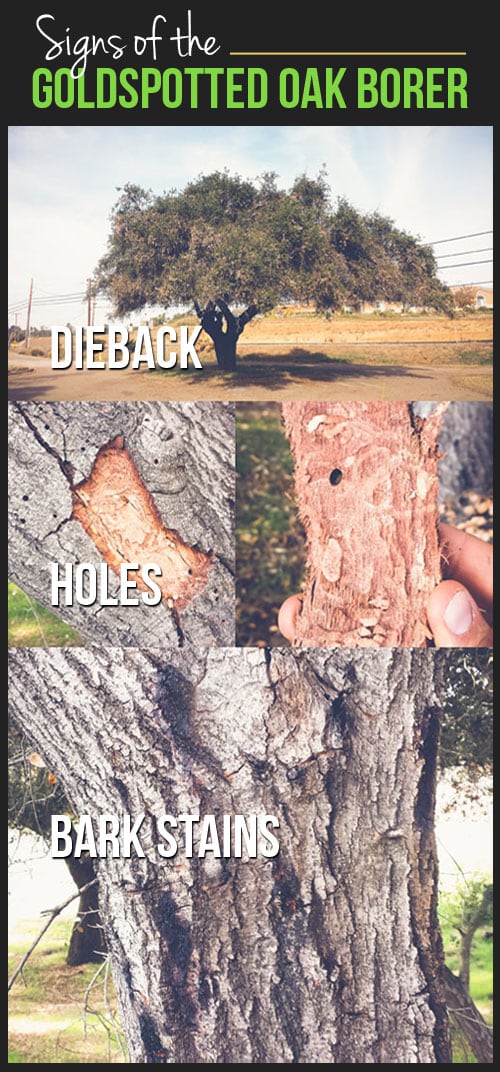When it involves seasonal tree treatment, ensuring proper management before and after removal can substantially influence the health and wellness and appearances of your landscape. By recognizing the needed actions associated with examining tree health and wellness and planning for elimination, you can proactively protect your residential or commercial property. But what regarding the vital practices to follow once the tree is gone? Stay tuned to find the crucial post-removal care measures that will certainly assist you grow a thriving and sustainable setting for your trees.
Pre-Removal Tree Care
Prior to resolving the removal of a tree, it's important to focus on pre-removal tree care. Beginning by evaluating the tree's health and wellness and architectural integrity. Seek indicators of condition, parasite infestations, or any type of structural concerns that may pose a safety and security hazard during removal. It's essential to seek advice from a licensed arborist to determine the best course of action.
Trimming dead or unhealthy branches can stop additional damages to the tree and guarantee a smoother elimination procedure.
Furthermore, take into consideration the ecological effect of getting rid of the tree. Trees play an important duty in our community, so growing a new tree in an ideal area can aid counter any type of loss. Make certain that you have the required authorizations and permissions for tree elimination, especially if the tree is protected by neighborhood regulations.
Seasonal Maintenance Tips
Examining your tree's requirements throughout the year is critical for its health and wellness and long life. To keep your trees in top problem, adhere to these seasonal maintenance suggestions.
In spring, focus on pruning to get rid of dead or broken branches and motivate new growth.
Summer requires routine watering, particularly throughout dry spells, to guarantee your tree stays hydrated.
As autumn techniques, keep an eye out for early indicators of condition or tension, and think about applying compost to shield the origins throughout wintertime.
In wintertime, beware when getting rid of snow from branches to stop damage, and continue to monitor your tree's total health and wellness.
Keep in mind to adjust your care regular based on the certain requirements of your tree types and regional climate. By staying attentive and positive throughout the seasons, you can help your trees prosper and thrive for years ahead.
Post-Removal Tree Care
To make sure the health of your landscape also after tree removal, appropriate post-removal care is necessary. After a tree is eliminated, it's important to fill the continuing to be hole with topsoil and compact it to avoid settling. This will help keep the stability of the ground and avoid prospective dangers in the future.
Consider planting brand-new greenery instead of the gotten rid of tree to recover the equilibrium and visual appeals of your landscape. Routinely water the location to advertise the development of new plants and avoid dirt erosion.
Examine the bordering trees for any type of indications of disease or stress and anxiety that may have been caused by the eliminated tree. Keep an eye out for bugs that may've been attracted to the previous tree and take preventive measures to safeguard the remaining plant life.
If required, consult with an expert arborist to analyze the impact of the removal on the bordering trees and establish any extra care required. By following these post-removal care actions, you can ensure the ongoing wellness and appeal of your landscape.
https://martinpjexr.blogthisbiz.com/36540367/interested-about-the-hidden-dangers-of-neglecting-tree-debris-removal-discover-exactly-how-timely-maintenance-can-secure-your-building-and-enhance-its-charm
In conclusion, proactive seasonal tree care is essential for keeping the health and wellness and balance of your landscape. By examining tree health, trimming, and talking to an arborist before elimination, you can ensure a secure process. After property manager quotes , filling up the hole, growing brand-new vegetation, and normal watering will advertise new growth and stop erosion. Remember to check bordering trees for disease and seek further treatment steps from an arborist to keep your landscape flourishing.
